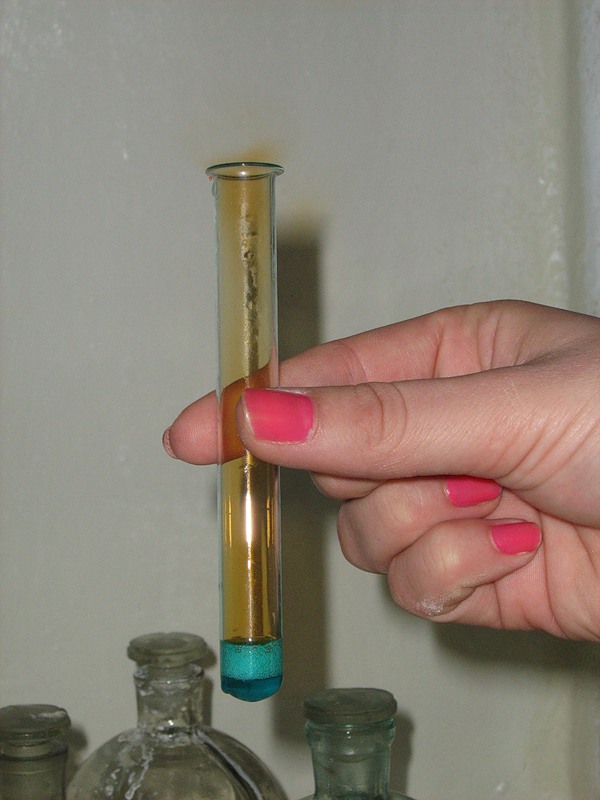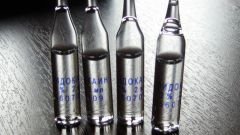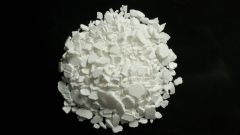You will need
- The reagents, the tubes
Instruction
1
Someone may think that the easiest way to obtain a chloride of copper (II) is the interaction of the metal with hydrochloric acid. However, in practice this is not so, because there is a rule according to which with dilute acids react with metals standing in the electrochemical series of the stress of metals to hydrogen. Copper in this case, after hydrogen, and therefore the reaction is not.
2
Copper + chlorine = chloride of copper (II). In the interaction of metal copper with chlorine is formed only one substance is a chloride of copper (II), therefore, is the reaction of the compound. To experience rascality copper wire in the flame of a burner and put it in a container of chlorine, having at the bottom a small amount of water. A violent reaction occurs the formation of the salt, which is soluble in water.
3
Copper + soluble salt = other metal + other salt. This reaction is not with each soluble salt. Definitely need to focus on the electrochemical series of the stress of metals. Only those salts will go a reaction, which include metal, standing in row after copper. Such metals include mercury, silver and others. That is, in this case, is the rule in the electrochemical row of each previous metal displaces from the salt later.
4
Oxide copper + hydrochloric acid = chloride of copper (II)+ water. To produce the salt, take the vial, fill it one third of the hydrochloric acid, place the oxide of copper (II) (black powder) and heat on the flame of a spirit lamp. The reaction produced a green solution (in the case of concentrated salt) or blue.
5
Hydroxide copper (II) + hydrochloric acid = chloride of copper (II) + water. Otherwise, such chemical interaction is called a neutralization reaction. Hydroxide copper (II) represents a residue of blue color. To the freshly prepared substance (hydroxide copper (II)) add a little hydrochloric acid, and the precipitate dissolves, forming a solution of chloride of copper (II) blue colour.
6
Carbonate of copper (II) + hydrochloric acid = chloride of copper (II) + carbon dioxide + water. Take carbonate of copper, which is a white crystalline substance with a greenish tint, and Deposit a small amount into a test tube with hydrochloric acid. Will be boiling due to carbon dioxide, and the solution will become blue in color due to the formation of chloride of copper (II).
Note
When performing experiments, be sure to observe the safety regulations.
Useful advice
Note the electrochemical series of the stress of metals.




